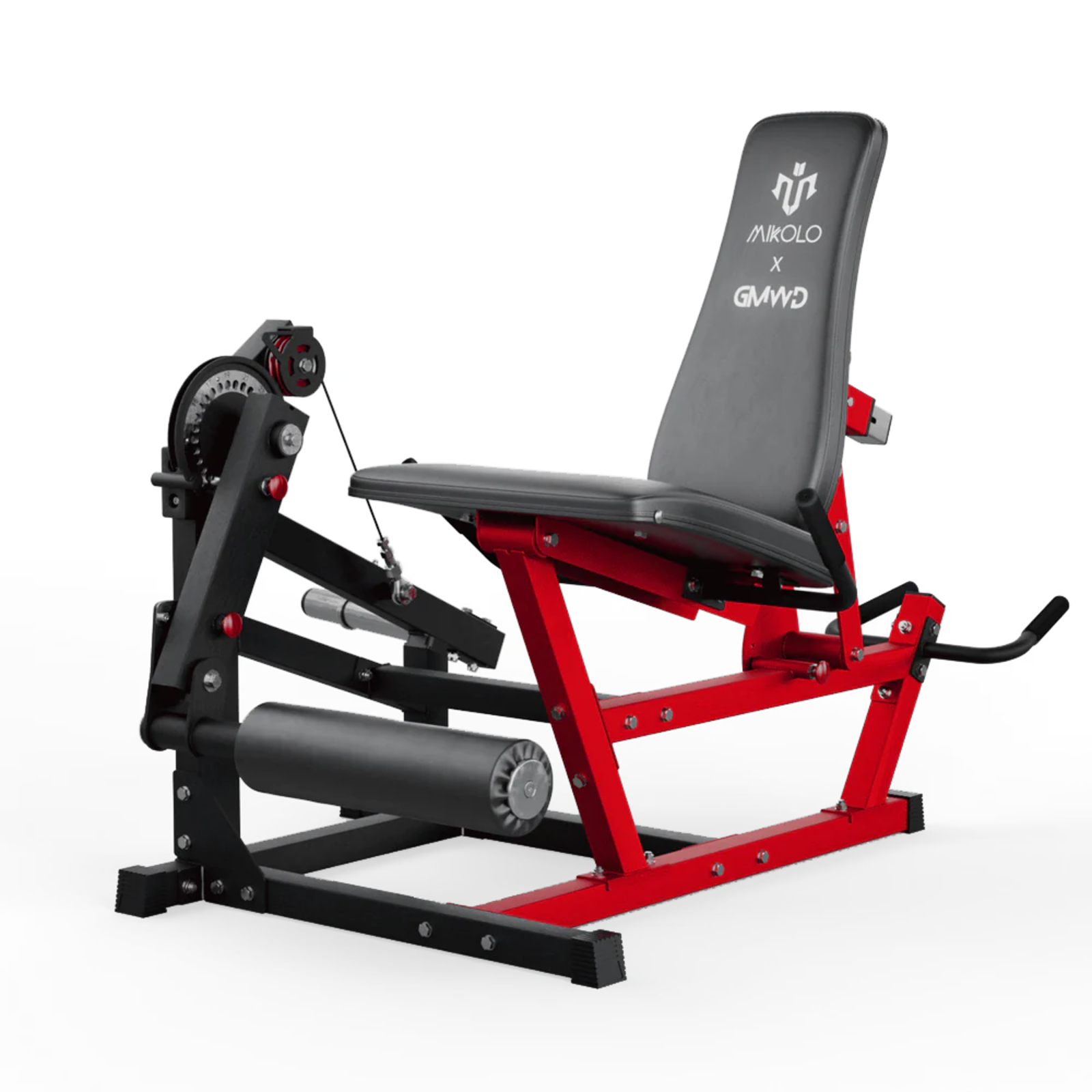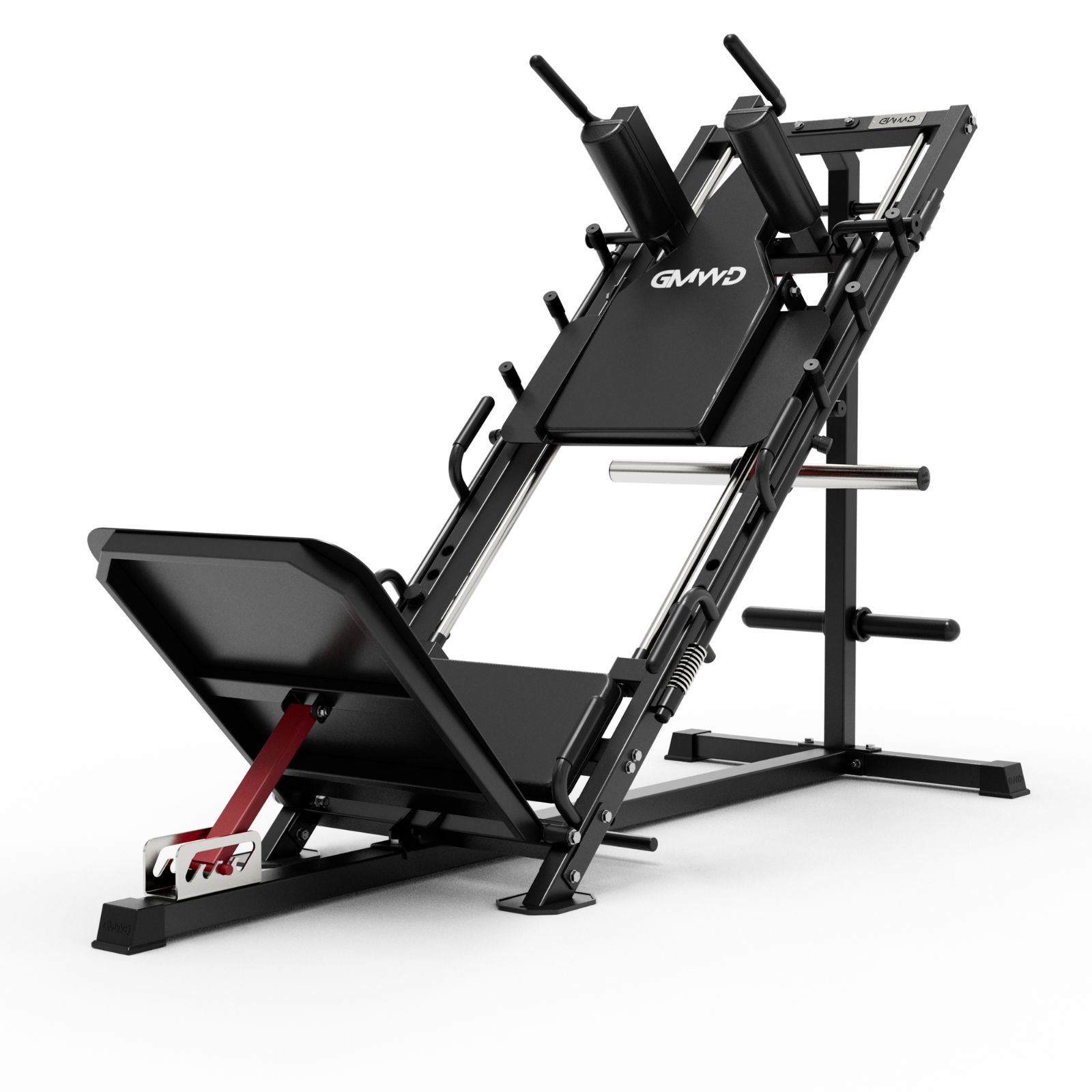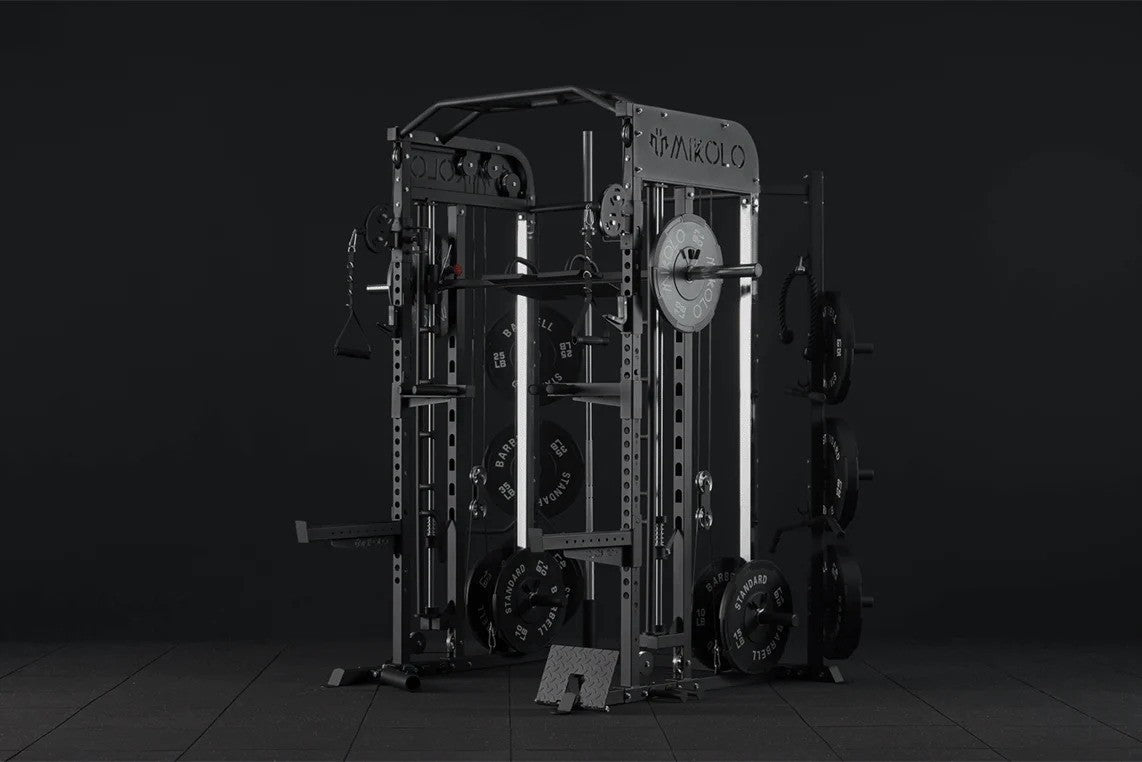If you're looking to level up your shoulder training, a rope attachment might be one of the most underrated tools in your gym. Most people associate the rope with triceps pushdowns or face pulls—but used correctly, it can unlock an entirely new dimension of shoulder strength, stability, and definition.
Why Use a Rope for Shoulder Workouts?
Unlike fixed bars or machines, rope exercises force your stabilizer muscles to engage more deeply. That’s because the rope allows each arm to move more independently, helping correct imbalances and improve range of motion. Whether you're aiming for hypertrophy, injury prevention, or performance enhancement, incorporating rope work into your shoulder routine delivers results.
6 Rope Exercises for Shoulders You Should Try
Here are some of the most effective rope shoulder workouts to try on your next gym day:
1. Rope Face Pulls
This is a staple movement that targets the rear delts and traps, improving posture and shoulder health.
How to do it:
Attach the rope to a high pulley. Pull the rope toward your face, keeping elbows high and wide. Squeeze the shoulder blades together at the top.
2. Rope Front Raises
A great alternative to dumbbells, this isolates the front deltoids with constant cable tension.
How to do it:
Use a low pulley. With palms facing each other, raise the rope straight in front of you until arms are parallel to the floor. Lower with control.
3. Overhead Rope Press
This dynamic version of the shoulder press brings in stabilizer work thanks to the free-flowing rope ends.
How to do it:
Attach the rope to a low pulley behind you. Stand tall and press both rope ends upward and slightly forward in a controlled motion.
4. Rope Lateral Raises
A unique way to hit the middle delts, especially when traditional dumbbell laterals start to plateau.
How to do it:
Stand sideways to the cable. With one hand, grab a rope end and lift it out to the side. Switch sides.
5. Rope Upright Rows
A powerful movement for building size in the traps and delts.
How to do it:
Hold the rope with both hands at a low pulley. Pull straight up toward your chest, keeping elbows above the wrists.
6. Rope Reverse Flys
Perfect for finishing off a shoulder session or adding to a rear delt-focused day.
How to do it:
Attach the rope to a medium pulley. With arms extended in front of you, pull both ends apart in a wide arc to target the rear delts.
My Experience Adding Rope to Shoulder Training
I first added rope shoulder exercises to my routine after dealing with nagging pain from years of heavy barbell presses. The difference was immediate—my rear delts became more activated, my posture improved, and my pressing strength returned with better joint comfort. Now, I make it a point to include at least one rope shoulder movement in every upper-body session, whether it’s for activation, burnout, or primary strength work.
Tips for Better Results
-
Control the weight. Let the muscle—not momentum—do the work.
-
Use full range of motion. Rope work allows better angles; take advantage of them.
-
Focus on tension. The rope keeps constant tension; don’t relax at the top or bottom.
-
Warm up properly. Your shoulder joints need activation before any heavy sets.
Final Thoughts
Shoulder workouts with rope aren’t just a gimmick—they’re a smart, effective way to build strength, stability, and symmetry in your upper body. Whether you’re a beginner or an advanced lifter, adding rope exercises for shoulders can take your training to the next level. Try swapping in a few of these movements and feel the difference for yourself.











































Leave a comment
This site is protected by hCaptcha and the hCaptcha Privacy Policy and Terms of Service apply.